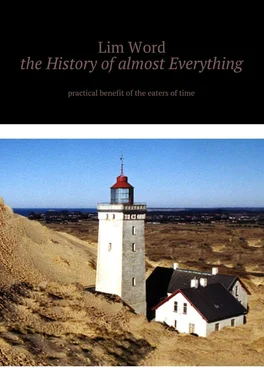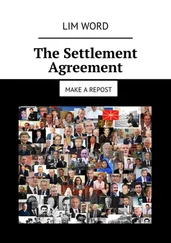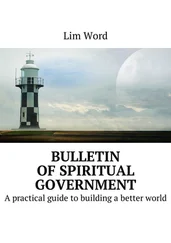Under Peter the Third some useful laws are introduced, but these are, rather, house preparations of influential noblemen. The initiative of the unincorporated monarch is a separate peace, the return of East Prussia (now Kaliningrad Oblast) for four years already in the Russian Empire, to its former owner, Friedrich II. Another, not fully implemented idea – the sequestration of the property of the church, the abolition of monastic land ownership, even the banning of icons. The third idea is a dynastic war with Denmark, a long-time ally of Russia, along with Prussia, for the Schleswig (territory in the south of Denmark, now an interstate EU entity) taken away from its German ancestors.
Peter III thinks about his marriage to his favorite, Elizaveta Vorontsova, speaking directly, between us, terrible in appearance. At the same time, of course, relations with his lawful wife, Catherine, are deteriorating. In particular, the emperor considers it possible to call her “fool” in the presence of the court, diplomats and foreign princes, for refusing to listen to the toast while standing.
A palace coup is being prepared. For such things, usually cash in hand is required. Catherine addresses the French and the British. The French try not to understand the subtle hints of the Empress, but reasonable Englishmen easily give the requested amount: 100,000 gold rubles.
Peter somewhat hesitates with a campaign to Denmark, wishing to celebrate his name-day (June 28, 1762) in Peterhof. However, having arrived at the palace, he does not find here the official organizer of the holiday – his wife Catherine. She is already in St. Petersburg, takes the oath at the Synod, the Senate, the Guards regiments and part of the population. Again, disastrously lingering, the monarch rushes on a yacht to Krondstadt, to the forces of the navy, however, the garrison of the fortress island has already sworn allegiance to the Empress Catherine. The last way to save the throne and myself is the army in East Prussia, but, the emperor is already tired of these throwings. Peter lowers his hands, returns to his residence and signs a decree on abdication.
The only royal desire now is that his wife allow her husband to go back to his native Holstein. Theoretically, this is possible. Practically – no longer. The situation requires complete certainty.
Peter the Third is held in the palace of the town of Ropsha (neighborhood of Petersburg), under the supervision of the Orlovs. Officers do not dare to kill the emperor with their own hands. In the end, they find a way out: Grigory Teplov, senator and Fedor Volkov are involved in the operation. He is an actor, director, founder of the Russian Theater, once recognized as a stage genius by Peter the Third. The latter, as follows from the research of historians, is the most likely murderer of the emperor.
The Russian throne goes back to Catherine II, the Catherine’s epoch, the Golden Age of the Nobility begins. Yes, the Empress is a German woman, a representative of the Gottorp House of the Oldenburg dynasty, who took the throne through a palace coup. But, it is the precariousness of the situation that forces Catherine II to observe the interests of many parties, find balance and harmony, and scrupulously study the processes taking place in society. She, by the way, is not a regent with the son of Paul, but, contrary to the established rules, “at the request of all our loyal subjects, explicit and unfeigned,” a full-fledged empress.
One of the innovations is the secularization of the monastic lands. Previously, the collection of taxes, the management of villages belonging to the church, engaged in church ministers. Farmers worked off the corvee, performed a lot of inputs simply, “in friendship”, natural duties, fell into debt bondage. Now the peasants, numbering a million, and this is only a male, are exempt from church feudal lords, acquire, neither much nor little, personal freedom, many legal rights are called “economic”, and they pay one and a half rubles per capita tax per year. Their villages are under the supervision of retired officers. Monasteries, whose number has now been reduced by a factor of three, left small gardens, vegetable gardens, paid for maintenance from the state treasury.
In addition, the new government is pursuing an active foreign policy. The influence of Russia in Poland is growing. Polish and Lithuanian magnates – the Confederates openly oppose the legally elected (1764) monarch Stanislav Poniatowski, but his side is taken by Russia, and, at the invitation of the king, introduces his military contingent to the territory of the Polish-Lithuanian Commonwealth. Suffering defeat for the defeat of the troops of A. Suvorov, as well as his own, humiliated and generalized “claps”, the Confederates find nothing better than to address the Ottoman Empire, promising her help for Volhynia and Podillya.
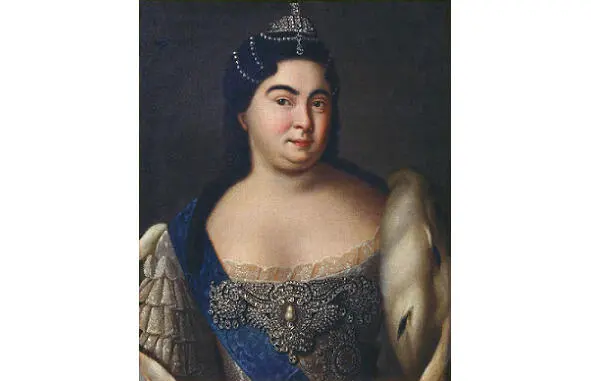
1
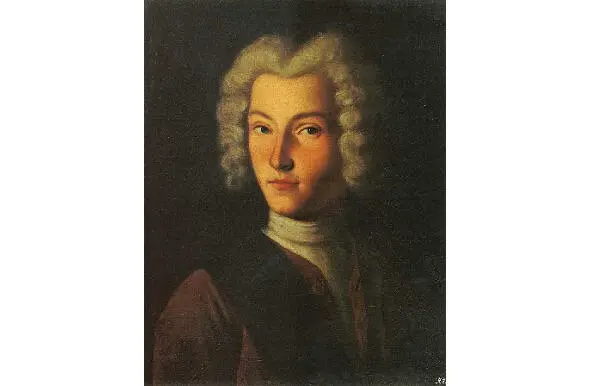
2
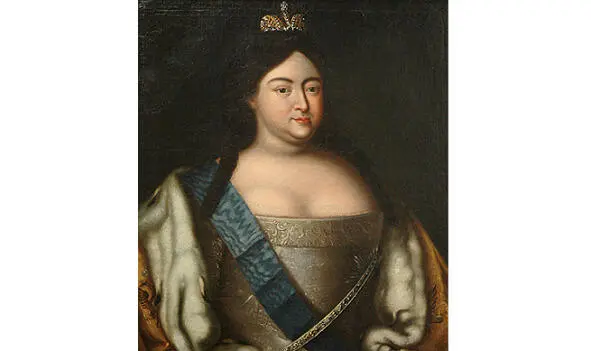
3

4
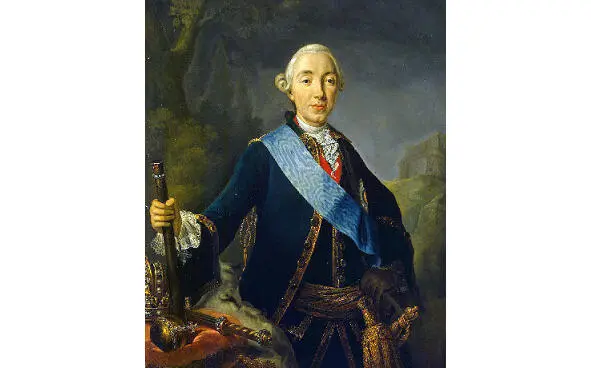
5
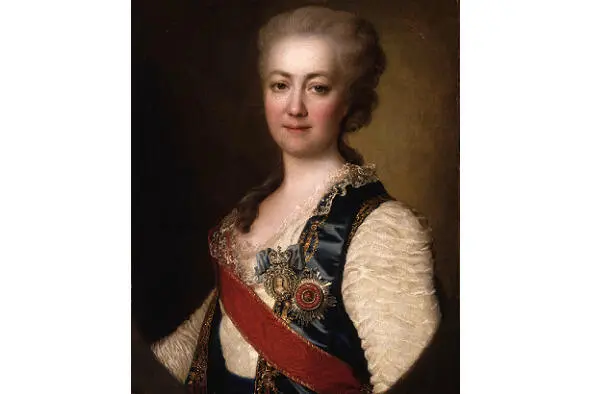
6
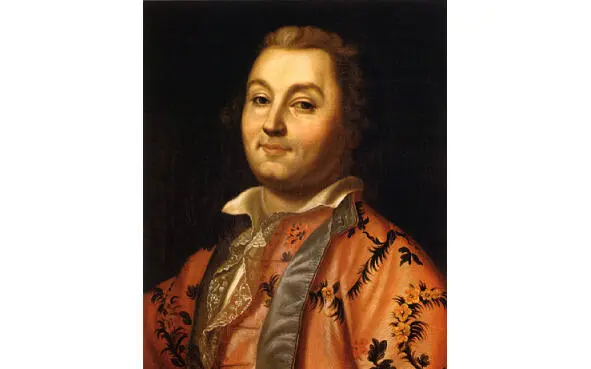
7
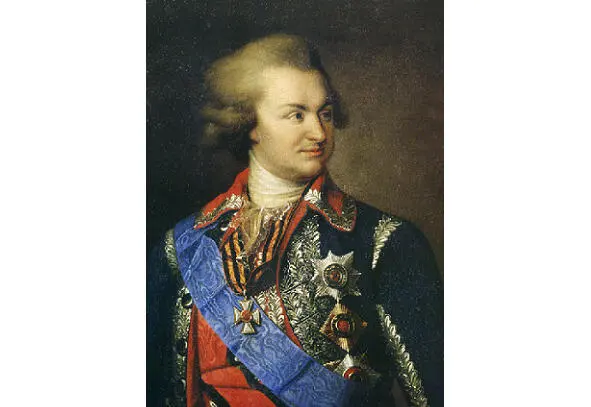
8
1. Catherine the First (Marta Samuilovna Skavronska, in the first marriage – Kruze, after the adoption of Orthodoxy – Ekaterina Alekseevna Mikhailova), 1684 – 1727. Mother of Empress Elizabeth Petrovna. She was born in Latvia or Lithuania, perhaps in the family of serfs. For correct actions and women’s wisdom, first of all (now you can safely say – not for model appearance) was received first by Field Marshal Sheremetev, then Alexei Menshikov. In 1703, during a visit to his friend, Peter the First notices the friendly Martha, and takes with him. In 1725 he died on her hands.
2. Peter the Second, grandson of Peter the Great, the son of Tsarevich Alexei Petrovich and the German princess Sophia-Charlotte (1715 – 1730). Entered the throne in 1727, at the age of eleven. Tended to wine literally from infancy (nannies used this remedy as soothing), did not show interest in public affairs, died of smallpox at fourteen.
3. Anna Ioannovna, Empress, the fourth daughter of Ivan the Fifth and Queen Praskovia Fedorovna (1693 – 1740).
4. Elizabeth (First) Petrovna, the youngest daughter of Peter the First and Catherine the Great, born two years before they entered into marriage (1709 – 1761). It gave rise to gallomania: dreaming of becoming related with the Bourbons, studied diligently the French language, and the entire imperial court soon passed to communication. It is believed that Elizabeth was in a secret church marriage with her lover, the Dnieper Cossack, a good singer, Alexei Razumovsky. For the child born in this marriage, Princess Tarakanova (self-name – Elizabeth of Vladimir) gave herself out (or even appeared to them).
5. Peter Third Fedorovich (1728 – 1762), Duke of Holstein, the Russian Emperor. Father – Carl Friedrich Holstein-Gottorp, nephew of the Swedish king, mother – Anna Petrovna, the second daughter of Peter the First and Catherine the First.
Читать дальше
